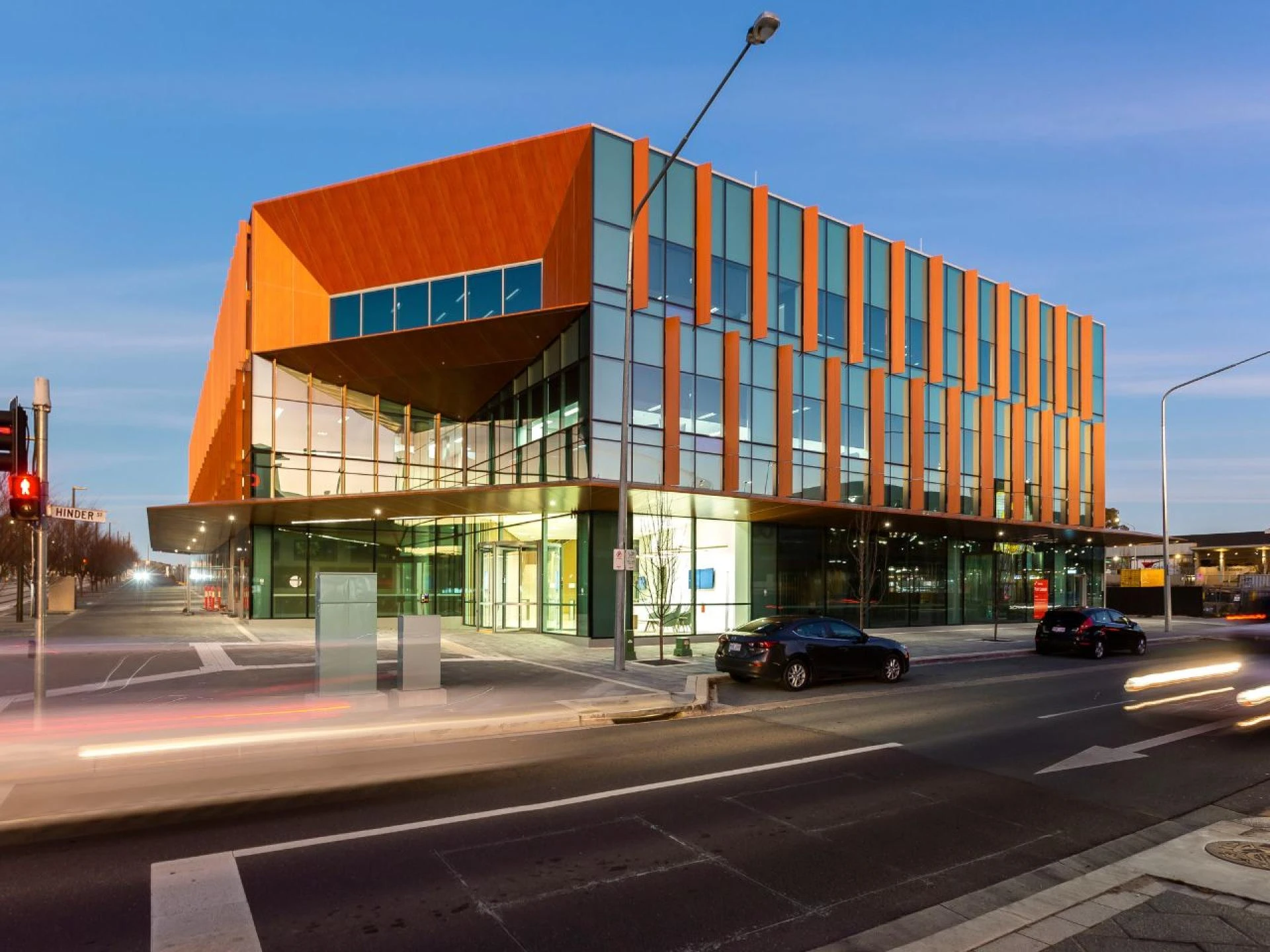This article explains what exactly is non-combustible cladding in Sydney, and why builders must consider it.
In recent years, there has been growing concern about building safety, especially when it comes to fires. One of the primary areas of focus has been on the materials used in building exteriors. Enter non-combustible cladding – a solution that promises not only safety but also aesthetic appeal.
But what exactly is non-combustible claddingin Sydney, and why should builders consider it? Let's delve into the topic.
What is Non-Combustible Cladding?
At its core, cladding is a material applied to the exterior of buildings to provide a skin or outer layer. Its primary purpose is to control the infiltration of weather elements and enhance the aesthetics of the building.
Non-combustible cladding, as the name implies, is a type of cladding made from materials that do not ignite, burn, or support the spread of fire. These materials can include metal, stone, and certain types of treated wood or composites. They are specially designed and tested to resist high temperatures and prevent fire from spreading.
Why Should Builders Use Non-Combustible Cladding?
Enhanced Safety: The most compelling reason to use non-combustible cladding is the enhanced safety it offers. Fires can be catastrophic, leading to loss of life and immense property damage. Using materials that resist combustion can help contain fires, preventing them from spreading to other parts of a building or nearby structures.Building Code Compliance: Many regions have updated their building codes in response to devastating fires linked to combustible exterior materials. By using non-combustible cladding, builders ensure that their projects are compliant with these codes, avoiding potential legal and financial ramifications.Improved Resilience: Buildings fitted with non-combustible cladding are better equipped to withstand adverse conditions. Apart from fire, these materials are also resistant to other elements like strong winds, moisture, and pests. This resilience translates to reduced maintenance costs and longer building lifespans.Versatility in Design: Initially, one might assume that safety compromises style. However, non-combustible cladding materials come in a wide range of finishes, colours, and textures. This versatility allows architects and designers to achieve their desired aesthetic without sacrificing safety.Potential Insurance Benefits: Given the reduced risk associated with non-combustible cladding, some insurance companies offer lower premiums for buildings using these materials. This can lead to significant savings over the lifespan of a structure.Environmental Benefits: Many non-combustible cladding materials are sustainable and environmentally friendly. For instance, metal cladding can be recycled, reducing the carbon footprint of a building project.Peace of Mind: For occupants and building owners, knowing that their structure is equipped with non-combustible cladding provides peace of mind. They can rest assured, knowing that they are residing or working in a space designed with their safety in mind.Finally, as the construction industry evolves, there's a growing emphasis on ensuring that buildings are not only functional and beautiful but also safe. non-combustible cladding in Sydney presents an opportunity to meet all these criteria. By understanding its benefits and integrating it into building designs, builders can play a crucial role in creating safer, more resilient urban landscapes. Whether you're a builder, architect, or property owner, it's worth considering non-combustible cladding for your next project. The investment not only ensures compliance and safety but also offers long-term benefits that are hard to ignore.

